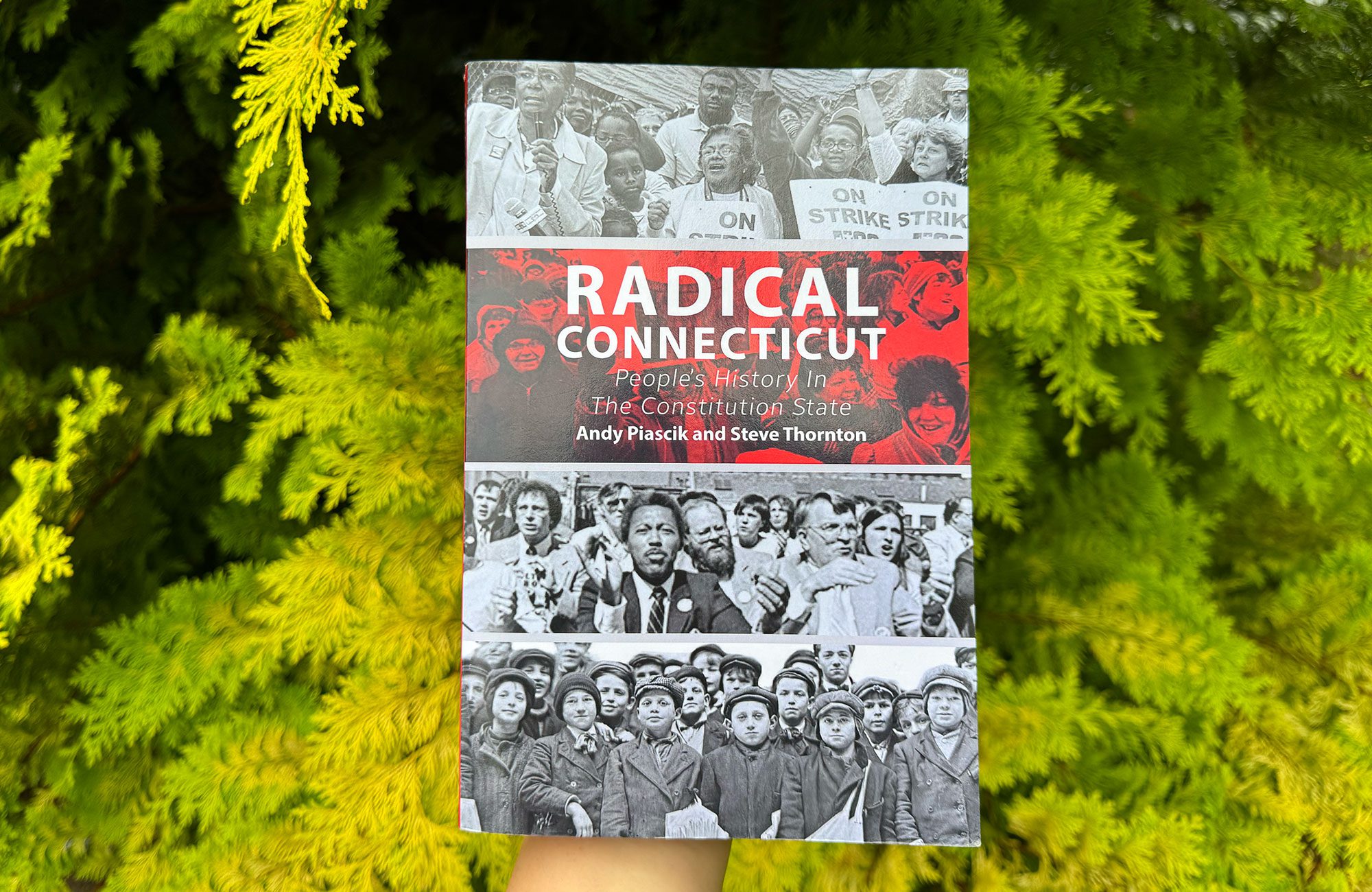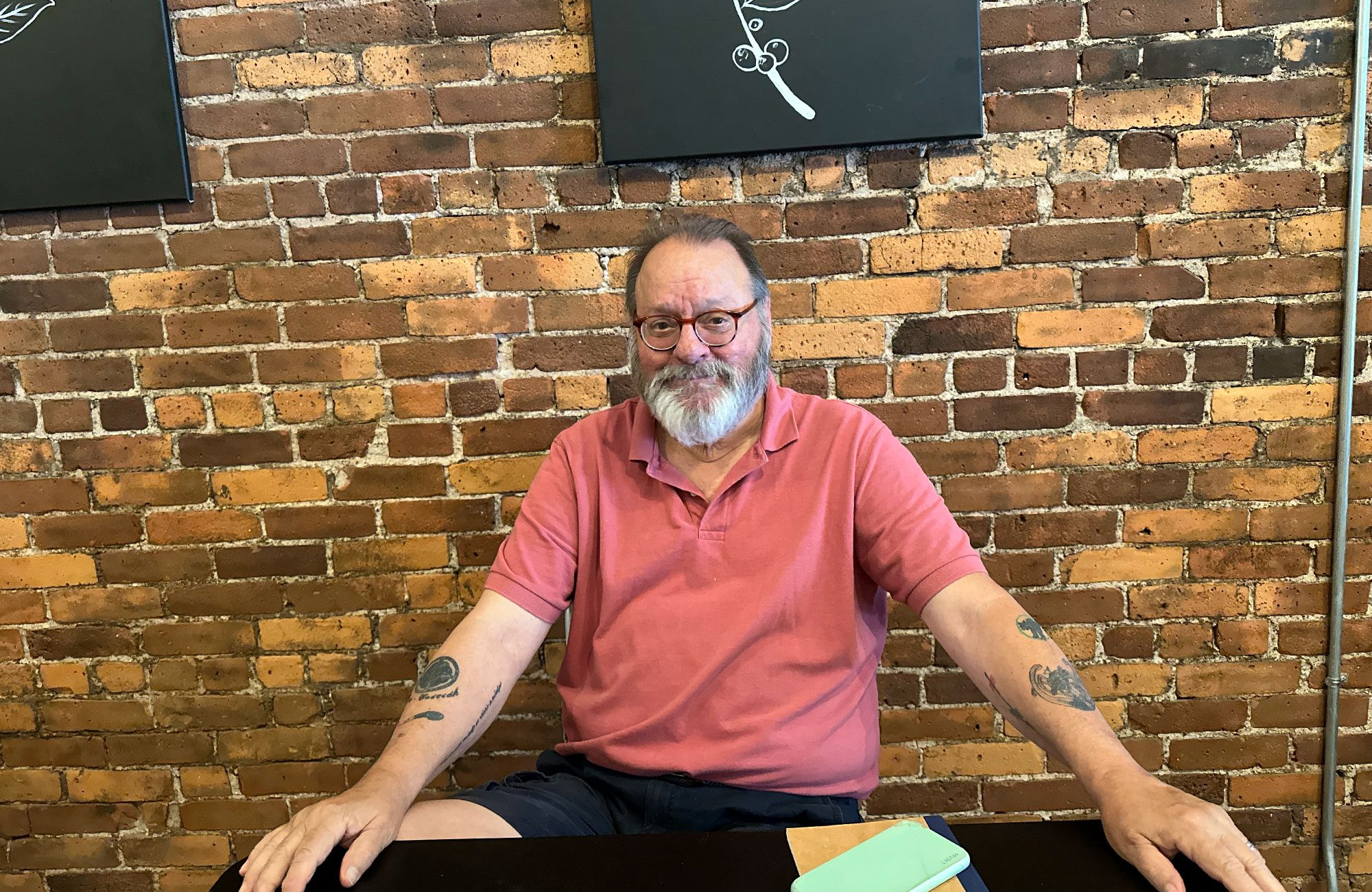Must-read history book: “Radical Connecticut” – We-Ha

Andy Piascik and Steve Thornton’s latest work, Radical Connecticut, takes readers on a journey through Connecticut’s known and unknown history.
By Kaily Martinez
Learning history is an essential aspect of our education. However, much of history that has changed the future has been diminished.”Radical Connecticut,” from Andy Piascik And Steve Thorntonlooks at overlooked historical events that have drastically impacted Connecticut and our country’s history.
While most history books focus on significant events involving well-known, prominent people, Radical Connecticut seeks to tell stories about lesser-known everyday people and well-known figures. The 93 short stories, comprising 22 chapters, continue to capture the reader’s attention by focusing on the important aspects of each event.
“How do you change things in society?” Thornton asked. “You do it by organizing to change things. The people in these books aren’t doing it because someone else told them to – in fact, they’re mostly doing it in spite of someone else. But they’re doing it because they feel they have no other choice.”

“Radical Connecticut.” Photo credit: Kaily Martinez
One story, “Connecticut’s Longest Strike,” uncovered the story of 1,000 strikers against the Colt Firearms factory after it attempted to disband its existing union in 1986. Without going into all the details of the story, the company went out of business in 1990 after the labor court found it was breaking too many laws. After that, the United Auto Workers, in a coalition that included the state government and private investors, bought the company.
“In fact, the strike itself was the longest-running nonviolent action in Connecticut history,” Thornton wrote. While this is just one example of the many stories in the book, it shows that even the lesser-known stories have a tremendous impact on our world.
In an interview, Thornton said he was always an activist, even as a child. Before working with Piascik, Thornton wrote for other publications and published a few books of his own, including “Wicked Hartford” and “Good Trouble: A Shoeleather History.” In preparation for Radical Connecticut, Thornton and Piascik selected a number of stories they had previously written or wanted to write, he said.
“One of the criteria was, ‘How many people were affected by what we’re talking about?’ If it was just one person’s story, it could be very valuable, but maybe not as interesting. These are stories that touch a wider audience,” Thornton said. “Also, I’m only speaking for myself; there are stories that I think are unexpected… Usually there are twists or something that interests me, and it’s something that I’ve been involved in frequently.”

A slide from a presentation Steve Thornton gives at schools and events. Photo courtesy.
Many of the stories cover a variety of topics, such as the Civil War, theater, and strikes. However, some chapters are shorter than others, containing only two stories. While it would have been nice to include more stories for certain chapters, sources were limited, as most stories of this type are not widely available and have been lost. Before Radical Connecticut, however, people would approach Thornton after reading his stories and tell him their own experiences related to the stories he had written.
“The more I did that, the more I met people who were involved in the various movements or campaigns, and that was like gold. It was wonderful to actually talk about someone who was there,” Thornton said.
Thornton admitted that he prefers to stay out of the stories he has written because he wants to focus on the people and the history. But when asked which story in “Radical Connecticut” was the most profound for him, Thornton answered the four of the six stories in “Chapter 11: Peace, Not War” about the Vietnam War, particularly the story “No Business as Usual: the Vietnam War.”
Thornton said this time was formative for him because he was in his late teens to early 20s. “Our whole nation was fighting back against this really small country. It caused a huge divide at home between the old and the young,” Thornton said. In addition, he realized how different it was to write about the Vietnam War than the other stories he had written. While writing this story, he did a lot of research and was able to correlate his thoughts and provide a narrative that is unparalleled.

Steve Thornton, one of the authors of “Radical Connecticut,” said that we are witnessing history at this moment. Photo: Kaily Martinez
“How do you change things in society?” Thornton asked. “You do it by organizing to change things. The people in these books don’t do it because someone told them to – in fact, they mostly do it in spite of someone. But they do it because they feel they have no other choice.”
Not only is the content different from other history books, the book’s title also stands out from others, and that’s exactly what Thorton and Piascik wanted. Thornton said the Latin root of the word “radical” means “from the root.” By that, Thornton meant that this book meant “Grassroots from Connecticut.”
“This kind of story shows that ordinary people can do extraordinary things and that history is not just made by old white guys who say they ‘call the shots and write history.’ It’s made by people whose names we will never know,” Thornton said. “It’s brave, so I admire it. I want to bring that to people so they can maybe feel some of the things I feel.”
Even those who aren’t familiar with history will get their money’s worth with “Radical Connecticut” and experience history in a unique way. Why not take a trip back in time?
Do you like what you see here? Click here to subscribe to We-Ha’s newsletter so you are always informed about what is happening in West Hartford! CClick the blue button below to support We-Ha.com and our efforts to continue producing quality journalism.




